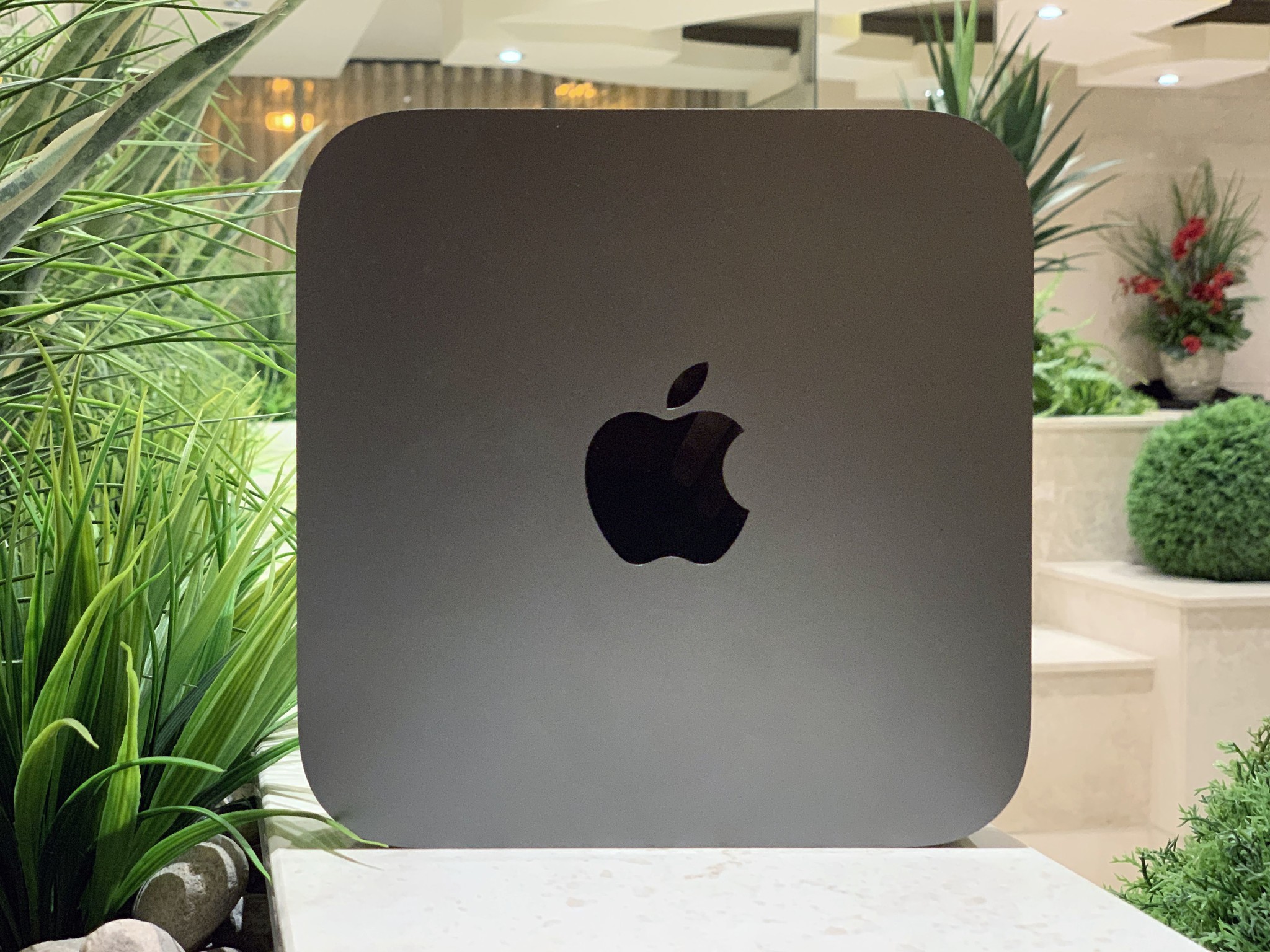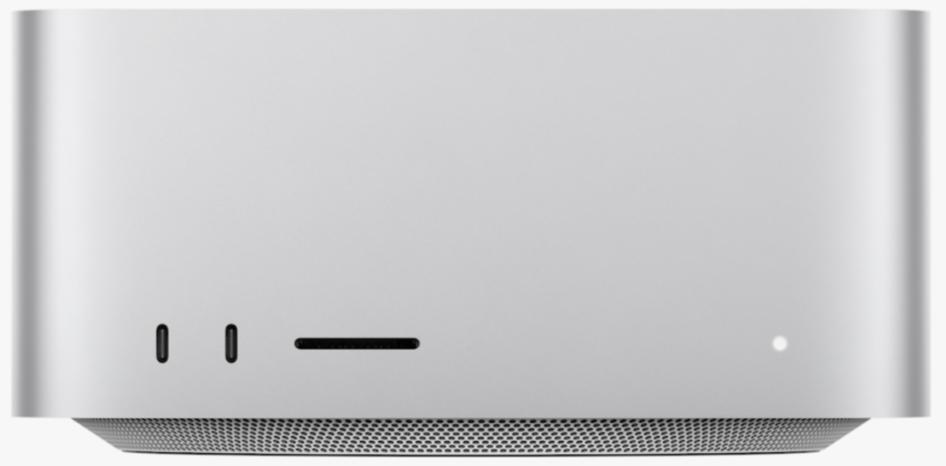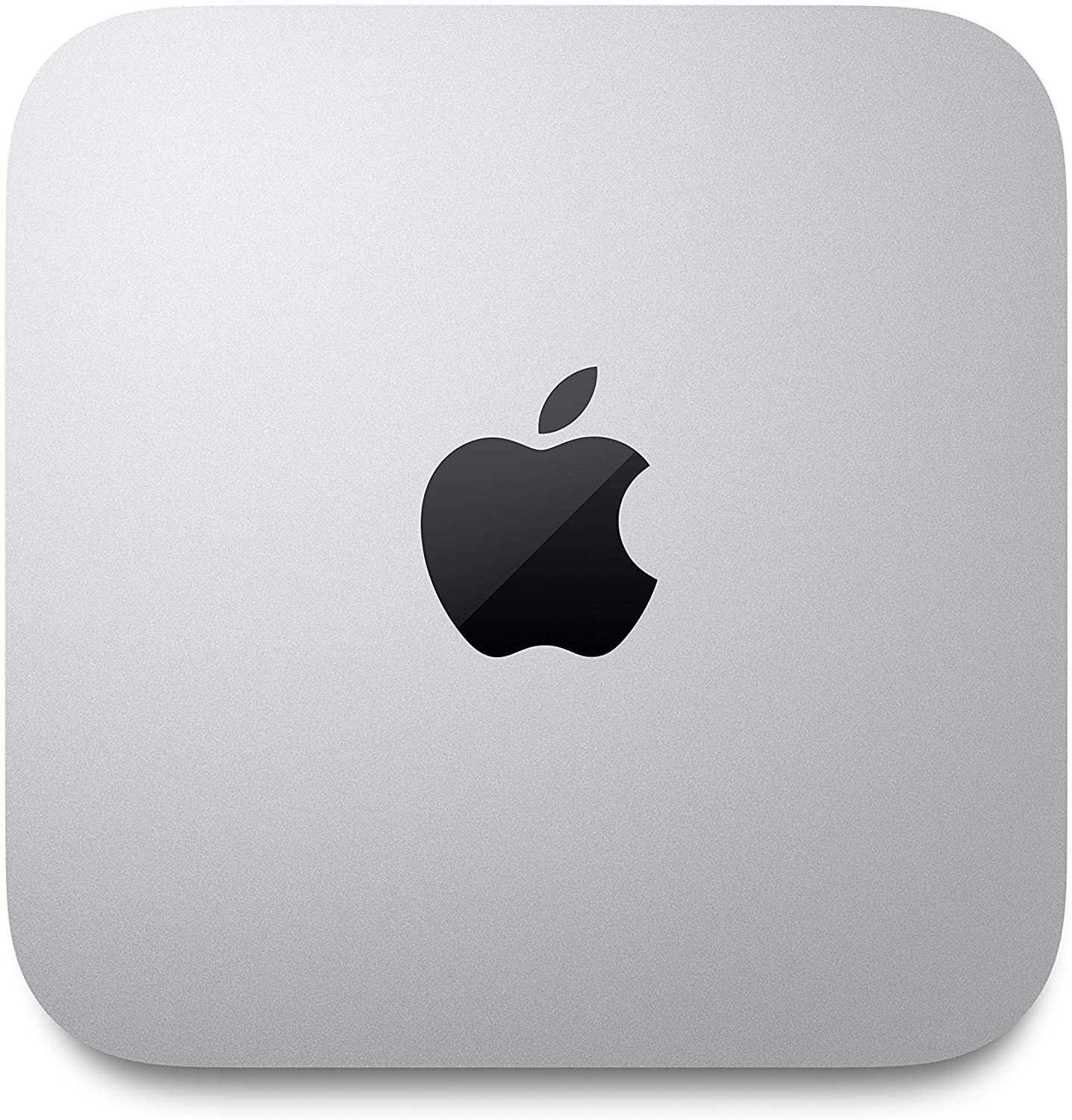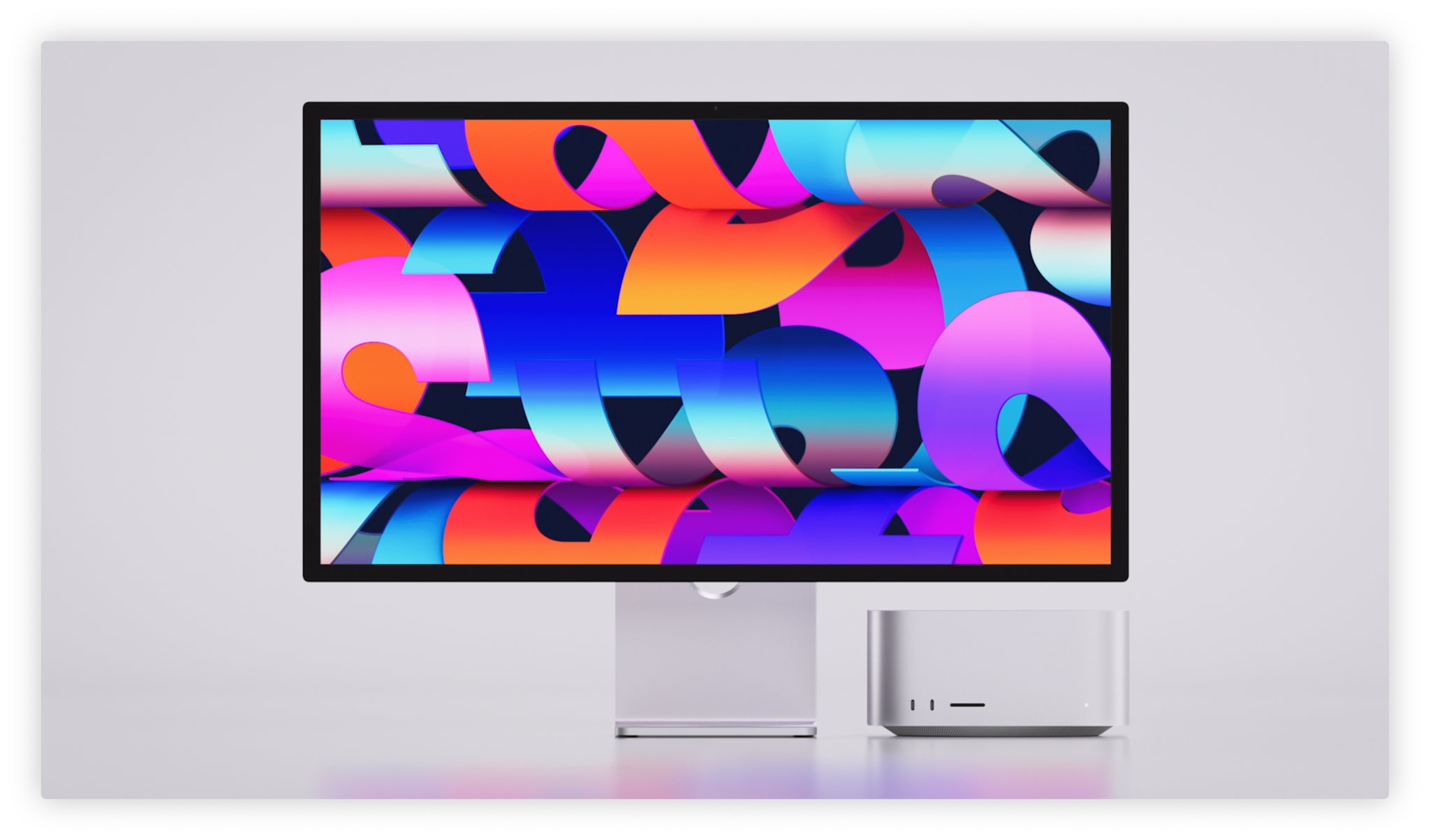Mac Studio vs. Mac mini: Which one should you buy?


For Ultra performance
The Mac Studio is the new small but mighty Mac that has a ton of power performance baked in thanks to the M1 Max and M1 Ultra chips. It has more of just about everything compared to the Mac mini — more RAM, more storage, and more ports. Of course, all that power comes with a price tag to match, and if you really upgrade all the specs, the Mac Studio can get very expensive very quickly.
For
- M1 Max and M1 Ultra
- More RAM options
- Larger storage sizes
- More ports
Against
- Quite expensive

M1 in the smallest machine
The Mac mini powered by Apple's M1 chip is the best and cheapest way to experience what Apple silicon can do. Please make no mistake, the Mac mini is an excellent machine for a great price, but it's much less powerful than the Mac Studio. Still, the Mac mini has its place, and if you don't need the power of the M1 Max or M1 Ultra, it may be the right choice for you.
For
- Smaller
- Much cheaper
- M1 chip is still excellent
Against
- Fewer storage options
- Less RAM
- Fewer ports
Comparing the Mac Studio to the Mac mini is almost like comparing apples to oranges. Still, the similar form factor makes it natural to wonder how the two devices stack up against each other. Both machines are small independent Macs that you'll need a separate monitor, keyboard, and mouse for, and both are small desktop boxes that can fit in most spaces and don't take up a lot of room. Aside from those facts, though, the Mac Studio and Mac mini have very different purposes, which becomes very apparent when you dive into the specs.
Mac Studio vs. Mac mini: The power is in the specs

The Mac Studio has power and performance in spades and offers two different processors when it comes to power: The M1 Max, which is the most powerful chip found in the MacBook Pro (2021), and the brand new M1 Ultra, which, as its name suggests, is an incredible new chip that's bigger, better, and beefier in performance than the M1 chip before it. On top of the better chip, you'll also notice that the Mac Studio has higher RAM and more available storage options.
| Header Cell - Column 0 | Mac mini | Mac Studio |
|---|---|---|
| Starting price | $699 | $1,999 |
| Processor | M1 | M1 Max or M1 Ultra |
| CPU | 8-core CPU | Up to a 20-core CPU |
| GPU | 8-core GPU | Up to 64-core GPU |
| RAM | Up to 16GB | Up to 128GB |
| Storage | Up to 2TB | Up to 8TB |
| Display support | Up to one 6K display and one 4K display | Support for up to four Pro Display XDRs (6K) and up to one 4K display |
Everything about the spec sheet tells you that the Mac mini and Mac Studio are in entirely different leagues, clearly meant for different types of work. As its name implies, the Mac Studio is intended for "studio" work, whether it's design, music production, film editing, or anything else that requires the power and performance to work smoothly and seamlessly into your workflow. In contrast, the Mac mini is a competent home computer that is meant for much more everyday tasks such as writing, some light photo editing, browsing the web, and everything else you do during your average day.
The price difference between the two Macs not only strengthens this argument but when you think about all the extra accessories you need to purchase — a monitor, in particular — those hidden costs can add up.
Mac Studio vs. Mac mini: The "hidden" costs

If you're looking at the price of the Mac Studio and you start to feel faint, remember that the near $2,000 starting price doesn't include essential accessories like a monitor, keyboard, mouse, etc. The most significant expense when considering either the Mac mini or Mac Studio is a monitor and it's important to remember to factor the cost of a monitor into your purchasing decision.
It's important to consider that you can buy the top-end model Mac mini, with 16GB of RAM, at least 512GB of storage, and one of the best Mac mini monitors for less than the starting price of just the Mac Studio itself. Heck, you could probably buy two monitors that are a little cheaper and still end up under that $1,999 price point.
Now, no monitor is going to make your Mac faster or perform better, so if you need the power that an M1 Max or M1 Ultra chip (or the better RAM and storage) packs, then you'll need to pay the premium price tag. But, the Mac mini is a very competent home computer that will allow you to build a nice little workstation at home for a lot less money.
Master your iPhone in minutes
iMore offers spot-on advice and guidance from our team of experts, with decades of Apple device experience to lean on. Learn more with iMore!
Mac Studio vs. Mac mini: Which should you buy?
You likely already know which of these Macs is best for you just by looking at the price and spec sheet, but if you are truly on the fence, my best advice is to strongly consider how you plan on using your Mac.
If you do CPU or GPU intensive work daily and are looking for a device that can not only keep up with your workflow but run buttery smooth even through your toughest projects, then some configuration of the Mac Studio is the best option.
If you don't need anything crazy powerful and you're just looking to upgrade your Mac that you use as a family computer or home office, the Mac mini is going to allow you to do that just fine — and save money to boot!

Powerful, but expensive
Power and performance will be no issue with the M1 Max or M1 Ultra inside the Mac Studio, but be prepared to spend a good chunk of change for the computer and all the accessories you'll need.

The small, capable Mac
The M1 Mac mini may look a little unassuming, but it has enough juice to get through all your basic everyday tasks with ease. Plus, it's the cheapest way to experience the Apple silicon, which makes it a great entry-level Mac if you're looking to get your feet wet.

Luke Filipowicz has been a writer at iMore, covering Apple for nearly a decade now. He writes a lot about Apple Watch and iPad but covers the iPhone and Mac as well. He often describes himself as an "Apple user on a budget" and firmly believes that great technology can be affordable if you know where to look. Luke also heads up the iMore Show — a weekly podcast focusing on Apple news, rumors, and products but likes to have some fun along the way.
Luke knows he spends more time on Twitter than he probably should, so feel free to follow him or give him a shout on social media @LukeFilipowicz.
